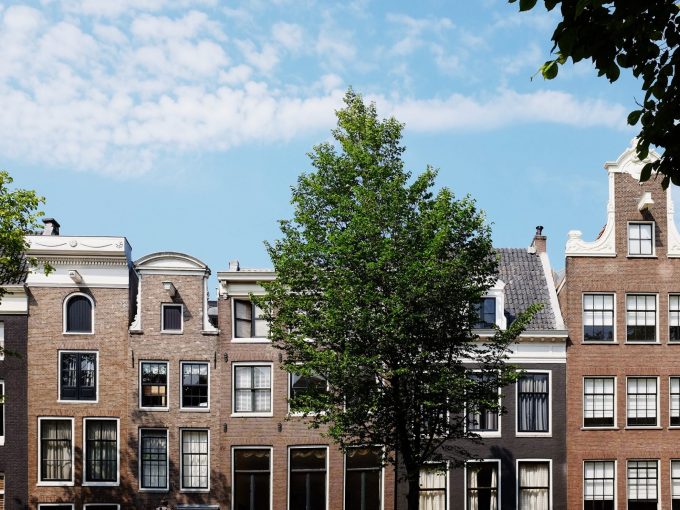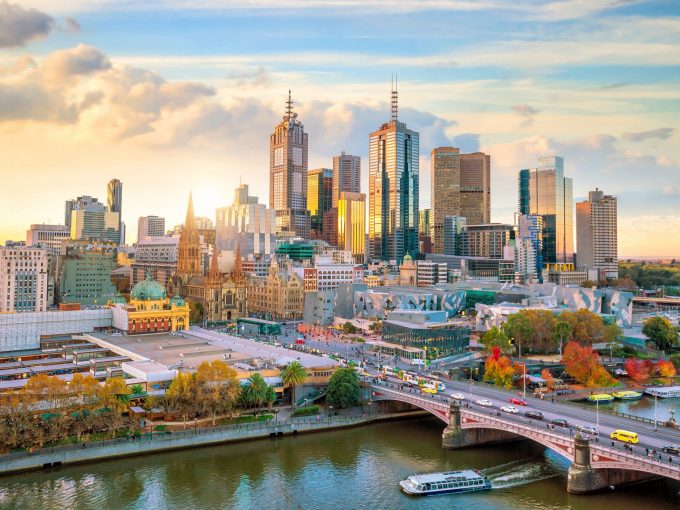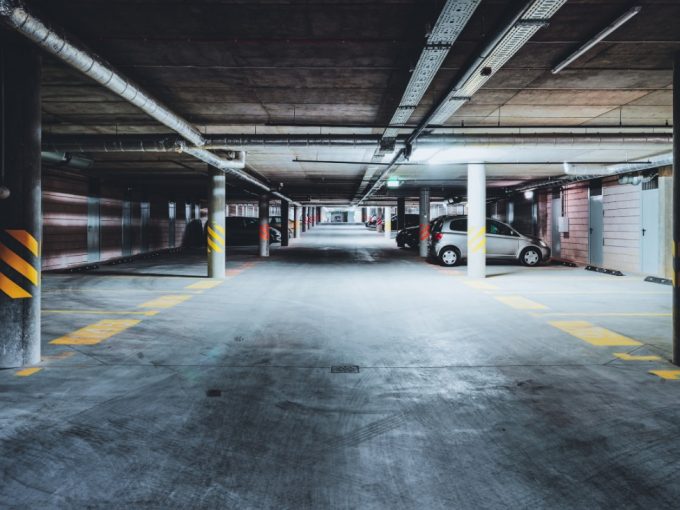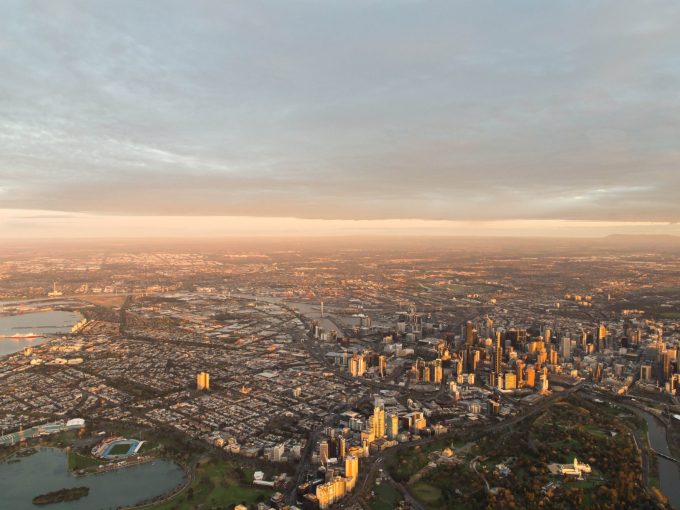As our state’s numbers grow, we need plan how we accommodate every person. Here, our experts provide their insights on the critical challenges facing Melbourne’s housing needs.
Key Recommendations
- Melburnians’ access to affordable, suitable and well-located higher density housing can be supported by inclusionary planning and policies that promote development of more diverse apartment stock – especially inner- and middle suburb apartments that can accommodate families.
- The provision of targeted capital and income support subsidies would enable low and moderate-income households to access well-located medium and higher density housing.
- Design regulations can be reviewed to better future-proof apartment stock, enabling adaptive re-design to meet changing accommodation needs.
- New models of apartment development have potential to deliver better designed and more affordable apartments. By monitoring and evaluating the impact of developer strategies, government can promote innovations that support provision of more affordable and liveable apartments.
With Melbourne projected to reach eight million by 2050, there are significant challenges in planning to accommodate population growth in a way that limits urban sprawl and maintains Melbourne’s liveability.
Higher density development is key in providing housing close to urban amenities and employment opportunities.
However, the current supply of apartments is misaligned with housing need and remains unaffordable for many Melburnians.
Melbourne’s growing population can be accommodated in areas close to urban amenities through high density living.
High density living supports Australia and Victoria’s commitment to compact cities, as advocated by the United Nations New Urban Agenda.
According to the State Government, apartments account for approximately a third of new dwellings being built in Melbourne.
However, the Reserve Bank of Australia has found that most apartment development has occurred in the inner city and a few middle-ring hotspots, the majority being relatively expensive, small one and two-bedroom apartments built for an investor market.
Many of these apartments are badly designed, delivering poor energy efficiency and liveability.
Newly constructed higher density apartments are not providing affordable housing, or the mix of housing types required to support diverse neighbourhoods.
Recent research has found that housing supply is misaligned with the type of housing Melburnians need and want.
Without integrated planning and inclusionary zoning, private apartment development puts pressure on existing services and infrastructure and contributes to gentrification.
Poorly located and managed high-rise apartments can also have negative health impacts for residents, according to research led by RMIT’s Distinguished Professor Billie Giles-Corti.
Higher density housing needs to be well-designed and located near public and active transport infrastructure, shops and services, schools, and public open space.
We examine three key challenges in providing higher density housing for a healthy, liveable Melbourne: promoting affordable and diverse higher density development that aligns with housing needs; future-proofing apartment design for changes in resident need and use; and evaluating and promoting innovative models for improved higher density housing.
For more insights see the full Higher Density Living Policy Brief, here.
Story: Dr Megan Nethercote, Professor Ralph Horne and Professor Tony Dalton.





